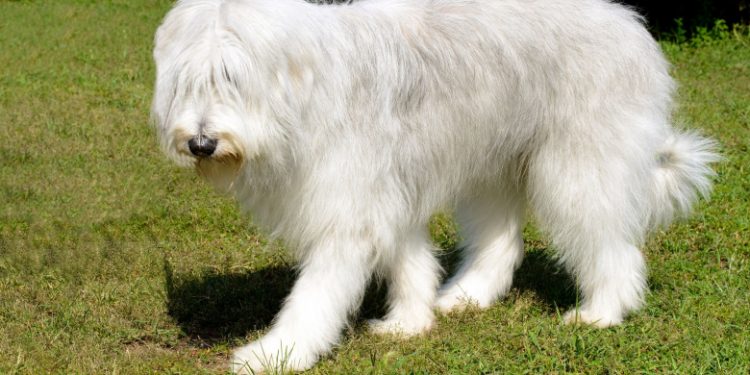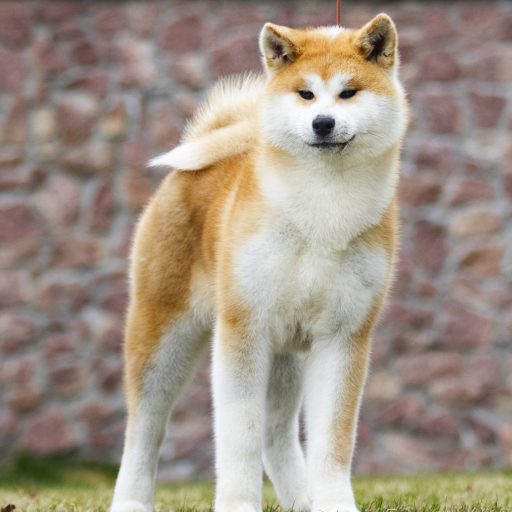Rustic dog par excellence, the Russian Shepherd is still very little known in France. He is a tireless herdsman, who scares away all strangers with his robustness and his musculature. He imposes and plays. Thus, as a companion dog, he will be ideal for the protection of his master and his adoptive family. He is dominant and independent. He can be aggressive towards those he does not know. Moreover lively, it is not suitable for all families, especially the most novice in the field. Physically, males are larger than females.
Breed History
The Russian Shepherd, also called Youjak, is originally a dog that protects flocks of sheep in Russia. He does not hesitate to measure himself against wolves and bears. It was developed in the 19th century in Crimea. It comes from a cross between an Asturian Shepherd and shepherd dogs such as the Tatar Shepherd or the Borzoi.
Then, the breed experienced a decline during the Russian revolution with the destruction of Askania Nova, a nature reserve in southern Ukraine. In 1923, a biologist by the name of A. Brauner then tried to make the breed survive by settling in the region and setting up a breeding farm in Dzhankoi. His efforts are said to have contributed to a marked resurgence of interest in the Russian Shepherd. Unfortunately, World War II, in turn, precipitated a dramatic drop in the breed’s numbers. This was definitively recognized by the Fédération Cynologique Internationale (FCI) on September 30, 1983.
Physical peculiarities
His hair: long (10 to 15 cm) on the whole body, slightly wavy, thick and bushy. The outer coat is lined with an equally dense undercoat.
Its color: mainly white, but can also be white and yellow, grayish or any other shade of gray.
His head: rather elongated. The forehead is moderately broad, the stop slightly pronounced, the nose large and black.
Its ears: triangular in shape, small in relation to the body and hanging down.
His eyes: dark in color, oval in shape, arranged horizontally.
His body: the neck is lean, muscular and of moderate length, the withers apparent without being high, the back straight and strong, the kidneys wide and rounded, the chest flattened and deep, the belly slightly raised.
Its tail: covered with long, coarse, thick and very thick hair.
Feed
The Russian Shepherd must swallow about 700 grams of high quality kibble per day. A robust and physical dog, his diet must be rich and balanced to avoid any possible deficiency.












